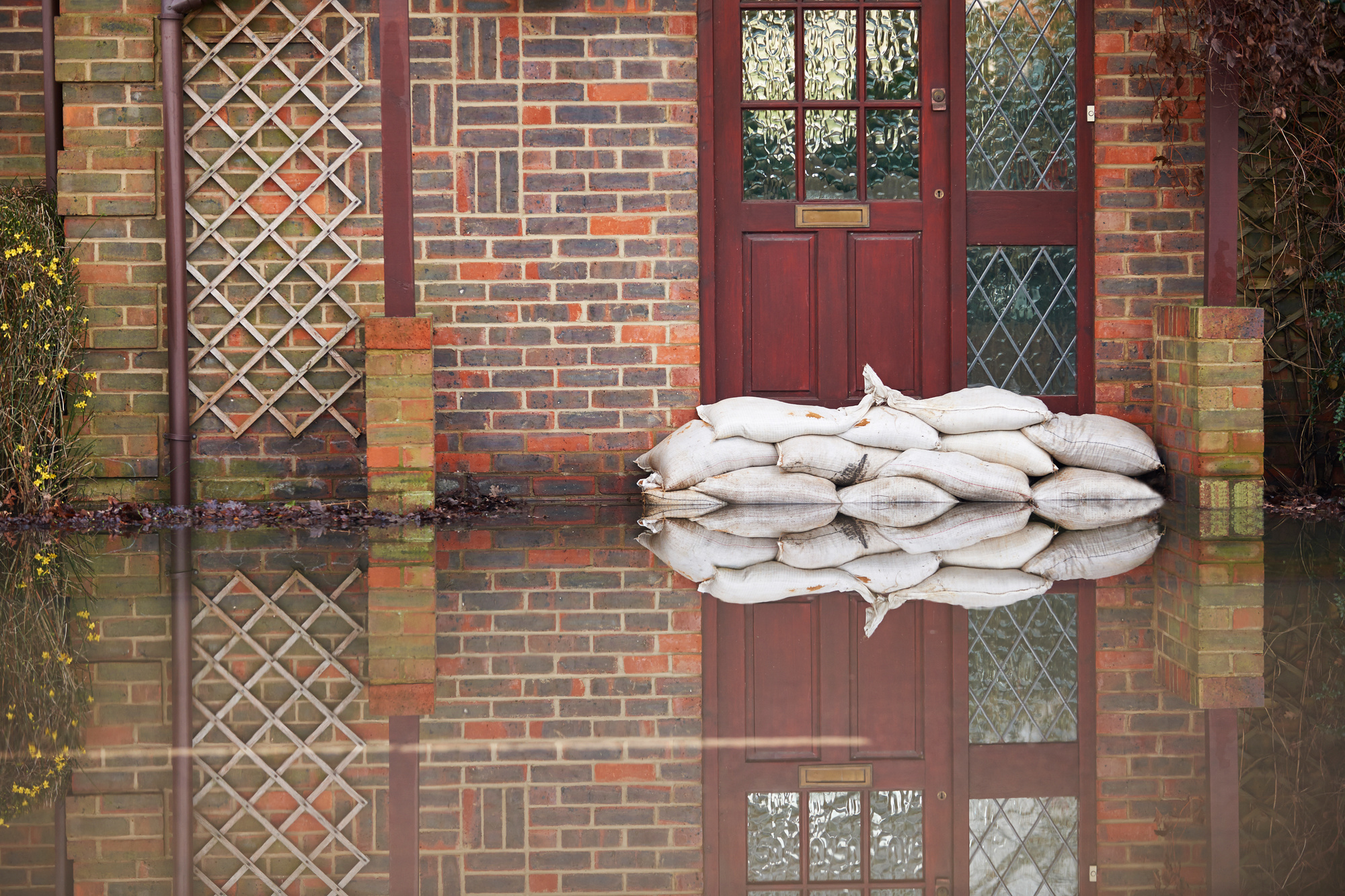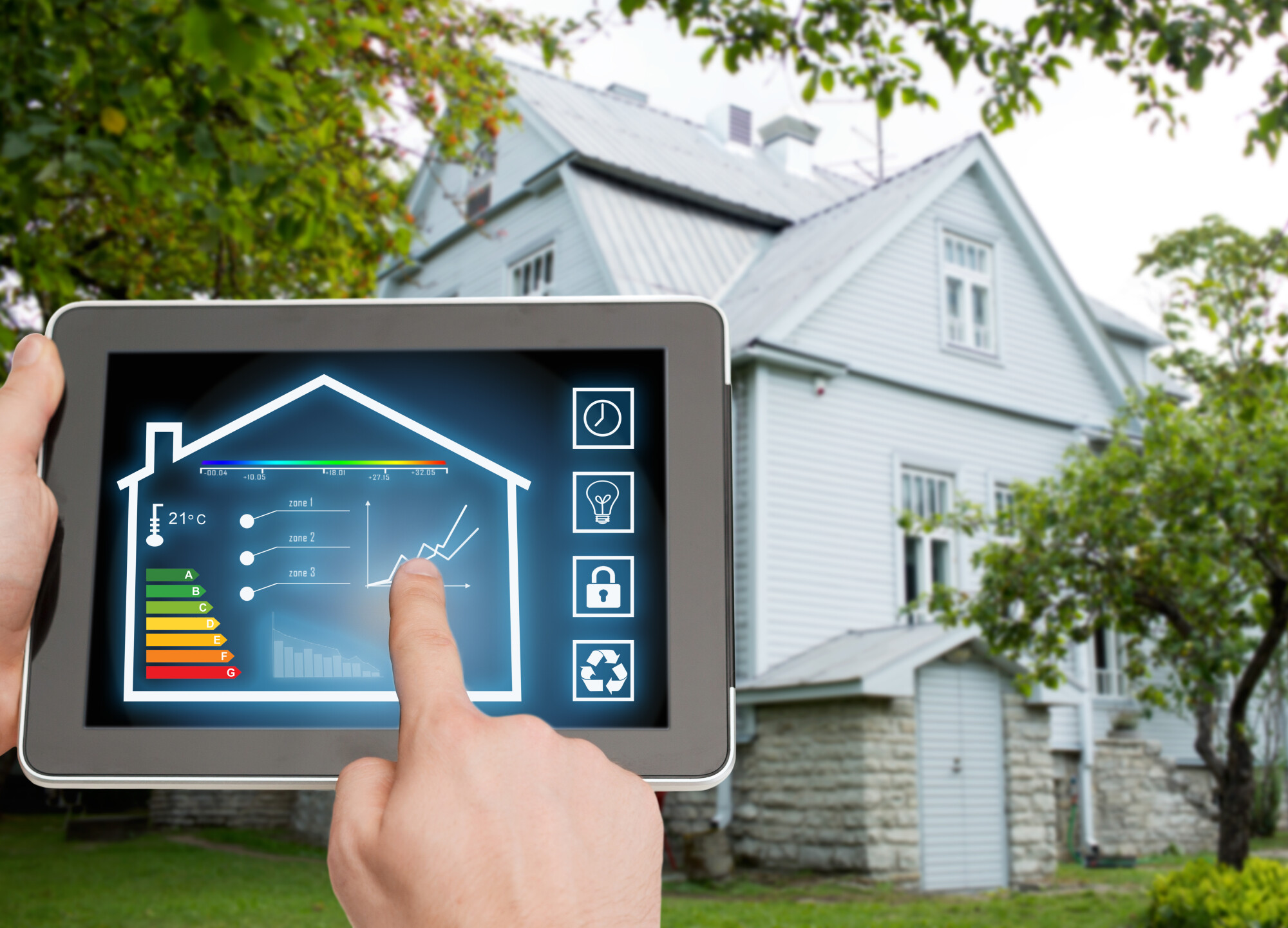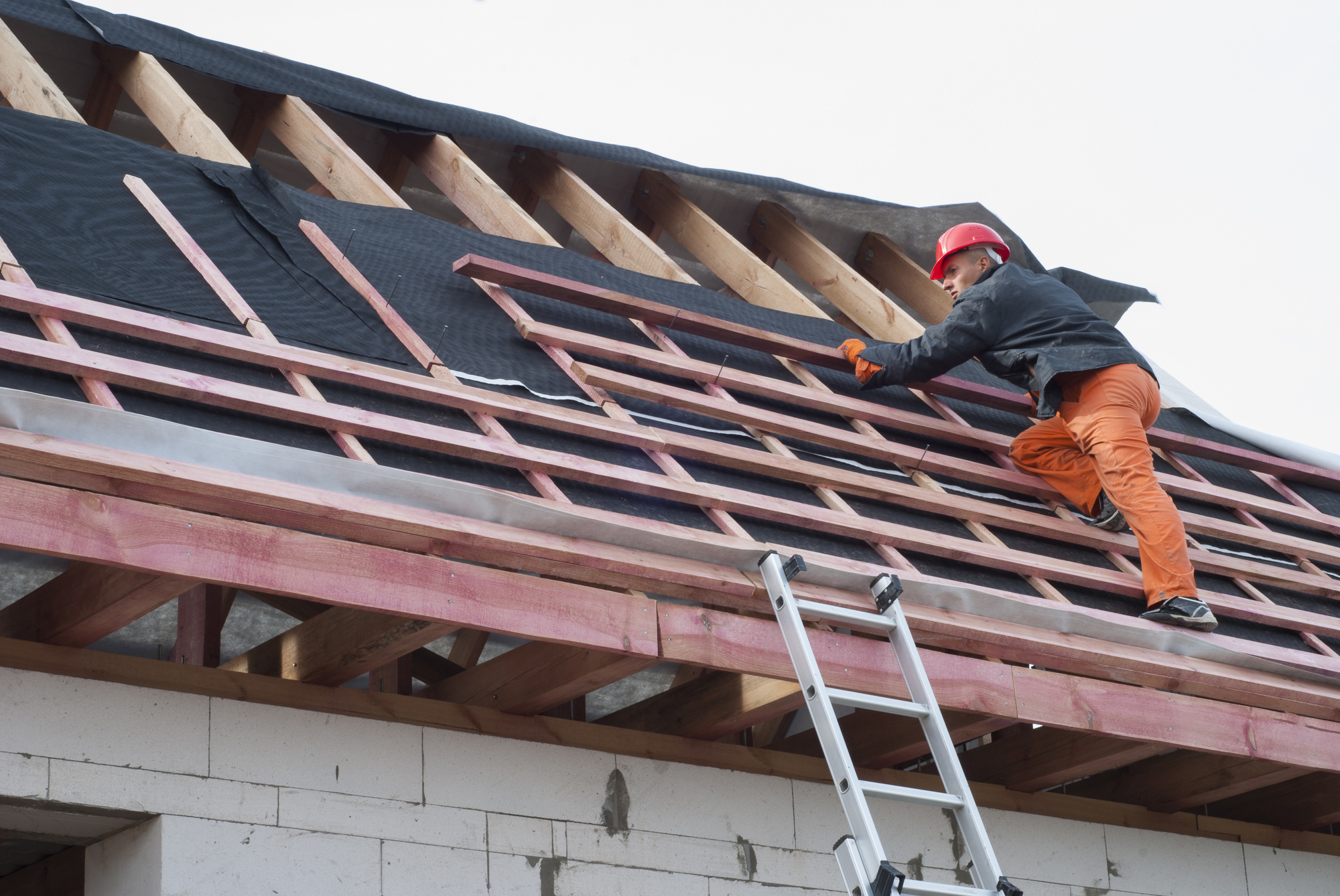Flooding happens around the world all the time, making it one of the greatest threats to personal safety. In the long term, it can lead to mold and lung disease as well.
If your home has ever suffered from flooding, you know that there is nothing safe, comfortable, or pleasant about it.
Avoiding flooding in the first place is the only way to truly keep yourself and those you love safe. Here are some of the most important tips that you need to learn on how to prevent flooding in your home.
Identify Any Water Leaks Promptly
The best way to prevent home flooding is to identify and fix any water leaks promptly. Inspect your home’s drainage and plumbing system regularly, look for any signs of water damage, and seek help from a certified plumber if needed.
Check piping systems and seal any cracks or gaps to prevent leaks. Keep an eye out for regular maintenance and repairs, especially in areas where households can be prone to water damage. Additionally, avoid severe weather conditions and steer clear of large amounts of water.
Have a professional come and check your pump on a regular basis and install a backup with battery power if possible. Avoid storing large amounts of water near your home and property, as this can lead to basement flooding in an area. In conclusion, your home’s plumbing system needs to be checked and maintained regularly to keep it from leaking.
Assess Gutter and Downspout Efficiency
Pay attention to the condition of the gutters as well. Ensure there are no breaches, blockages, or areas that could be allowing water to pool and overflow. Check your downspout as well to make sure that it is correctly connected and that water is properly diverted away from your home’s foundation.
Your gutters and downspouts will work better if you clean them on a regular basis, remove any trash, and fix any problems that come up. This keeps your home free from flooding. If you have ever experienced flooding in your home, it is important to promptly call water damage restoration services. This prevents any further damage to your home.
Install a Sump Pump
To prevent flooding in your home, one of the best options is to install a sump pump. A sump pump is a specialized pump system installed in the basement of a home with the purpose of collecting and pumping out excessive moisture. The sump pump will collect water, then pump it outside or away from the property to prevent flooding.
As part of the installation, a basin and a drainage pipe must be in place to direct the water away from the home. The sump pump should also be connected to a power outlet to ensure it is working when needed.
Lastly, a battery-powered backup sump pump should be installed in case of a power outage. By utilizing a sump pump, you can effectively protect your home from flooding damage and other water-related issues.
Install a Rain Barrel
A rain barrel is a terrific way to control flooding in your home and garden. The key is to install the rain barrel in a strategic location. Start by making sure the area is level and near your downspouts. If possible, place additional downspouts a few feet above the ground to help funnel the water into the rain barrel.
Make sure the area around the rain barrel is clear of debris, or better yet, use a mesh cover. Then, using a hose or pump, measure the distance between the spigot and the wall or building you wish to protect.
Choose a spigot size large enough to accommodate the desired flow of water. Finally, install a shut-off valve on the spigot to control the water flow. By following these simple steps, you can reduce flooding and help protect your home.
Improve Lot Grading
To prevent flooding from occurring in a home, it is important to improve lot grading. Lot grading is the process of shaping the ground around a home to ensure proper water runoff away from the home.
This can be done by digging or filling in the ground around the house and putting in drains to move water away from the base. By taking steps to improve lot grading, homeowners can help prevent water from collecting and flooding their homes.
Homeowners can also spot possible problems by checking the lot’s grading often and being aware of any changes in the landscape. This allows them to take steps to rectify them before the water starts to accumulate.
Attach Outdoor Fuel Tanks
One step you can take to prevent flooding in your home is to attach outdoor fuel tanks in a secure manner so they do not become compromised during heavy or sustained rainfall. Whether these fuel tanks are holding fuel, water, or other liquids, it is important to make sure that the tanks are adequately secured and inaccessible to animals or other sources of interference.
If there is an inadequate seal on the tank, this could lead to flooding in the event of heavy rainfall and should be replaced immediately. Ideally, outdoor tanks should be placed on a raised platform for added protection and away from any low-lying areas that could be at risk of flooding.
Additionally, you should check your tanks for any signs of wear and regular tear to ensure that the tanks continue to remain secure and the content inside remains in good condition.
Learn How to Prevent Flooding in Your Home
Fortunately, with proper maintenance of your home and property, flooding can be prevented or reduced. Take these preventative steps now on how to prevent flooding, and you’ll be better protected against it.
If you’re worried about potential flooding, contact a professional now to ensure your home is safe.
For more informative topics, check out the rest of our site!










